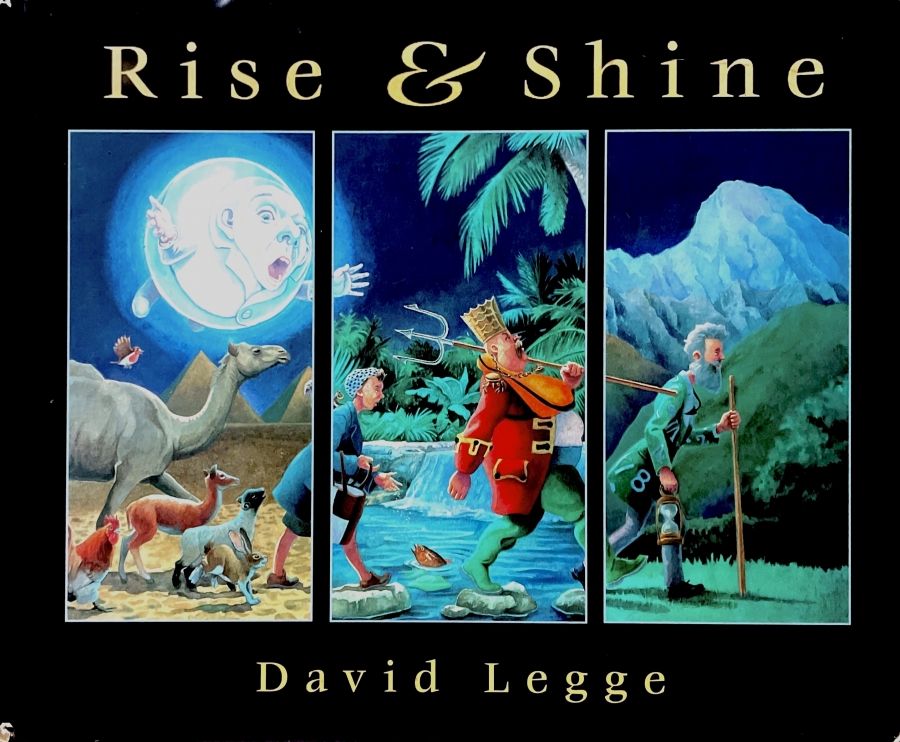
- Free Article: No
- Contents Category: Children's Fiction
- Review Article: Yes
- Online Only: No
- Custom Highlight Text:
‘Yellow, yellow, yellow, yellow, I’m sick of wearing yellow!’ declares the pomposity of puffed-up Mr Toad, intends staying in bed until he gets what he wants – a new blue suit, like those worn by the Moon. Meanwhile, the roosters haven’t crowed, the cows need milking ... saplings want their dew and it’s bitterly cold, and so Mother Nature, Father Time, King Neptune and the Moon set out to solve the problem, with help from the Celestial Tailor. The results are ridiculous and enjoyably rude.
- Book 1 Title: Rise & Shine
- Book 1 Biblio: Random House, $22.95 hb
- Book 2 Title: I Know That
- Book 2 Biblio: Box Press, $12.95 pb
- Book 2 Cover Small (400 x 600):

They move through, and often disregard, a tightly framed world – on the striking cover, characters step between what seems a neatly matched series of mix-and-match cards until one looks closely. To my eye, the effect is sometime; overly busy (there is a little white space, text fitting tightly around image and inconsistently aligned), but others will enjoy the dramatic freneticism.
Verbal text is relatively lengthy, at times demanding in vocabulary and concept, with much wordplay and caricature through dialogue: the petulant Sun, blustering King Neptune, nurturing Mother Nature, camp Celestial Tailor. The effect is fun, but the treatment not consistent. Father Time, for example, is by comparison a thinly written and dull character.
Flaws to one side, Rise & Shine is a book that children will self-select and spend time with. I’m not sure the same can be said for Candida Baker’s I Know That. This is a retro-look tide that should appeal to hipster adults, but not necessarily to kids whose tastes and expectations have been schooled by bright, conventional texts.
I Know That is a book of nonsense rhymes, apparently narrated by (that irritating species) a know-all kid, that is: ‘I know hippos say hurrah when they sit upon your car, I know that!’ The typography leaps, swirls and alters in mid-sentence – without, unfortunately, adding meaning to the text. The child with whom I shared this book giggled at some of the rhymes but got bored with the repetitive ‘boasting’. Of course, this child no more represents all children’s views than I represent all adults, but he had a point – I Know That lacks narrative tension. If the humour and grotesquery don’t appeal, then this book is reduced to a quick page-flipper.
The same child stared thoughtfully at Alison Kubbos’ smart blend of collage and black-and-white, 1960s-style drawings of a bristle-haired, baggy-socked boy in all manner of mischief. He acknowledged the cleverness of, for example, illustrating ‘I know piranhas don’t say please when they’re munching through your knees’ by showing the boy’s x-rayed knees, poking out of baggy shorts against a Victoriana plate, with cutlery and cartoon piranhas moving in on either side – but was singularly unimpressed by the minimal use of colour.
Unconventional picture books are worth persisting with: extending children’s vision of what a book can do or be is surely a valuable exercise. But this particular book? It’s a maybe.
Likewise, Leonie Weldon’s Mates is a mixed bag – a bright, designer-ly, feel-good book, apparently the result of a photographic project in which children were given cameras to take snaps of each other. But this is mentioned only briefly in the credits, with no sense of how (or if) this process shaped the finished work. Anyway, most of the images are slick professional shots by Leo Meier, showing non-Anglo Australian kids in traditional costume. For this is a book with a multicultural message, emblazoned across page one: we’re all Aussie kids sharing the same big sky, which makes us mates ...
Nice idea – if not in keeping with playground realities. There are several such pages in Mates, but their didactic ism is far less effective than the pages of stories, foods, festivals, and sayings from different lands; and activities like the New Zealand Maori haka and a Vietnamese chopstick-and-ball-catching game. By including such material, Mates implies a space for difference – before concluding with a blast of fair dinkum, ‘we’re all the same really’ assimilation: ‘Mates ... never dob, stay over, be mates, watch telly, muck around, chew the fat, share junk food ... mates stick up for each other’, and so on. Disappointing.


Comments powered by CComment